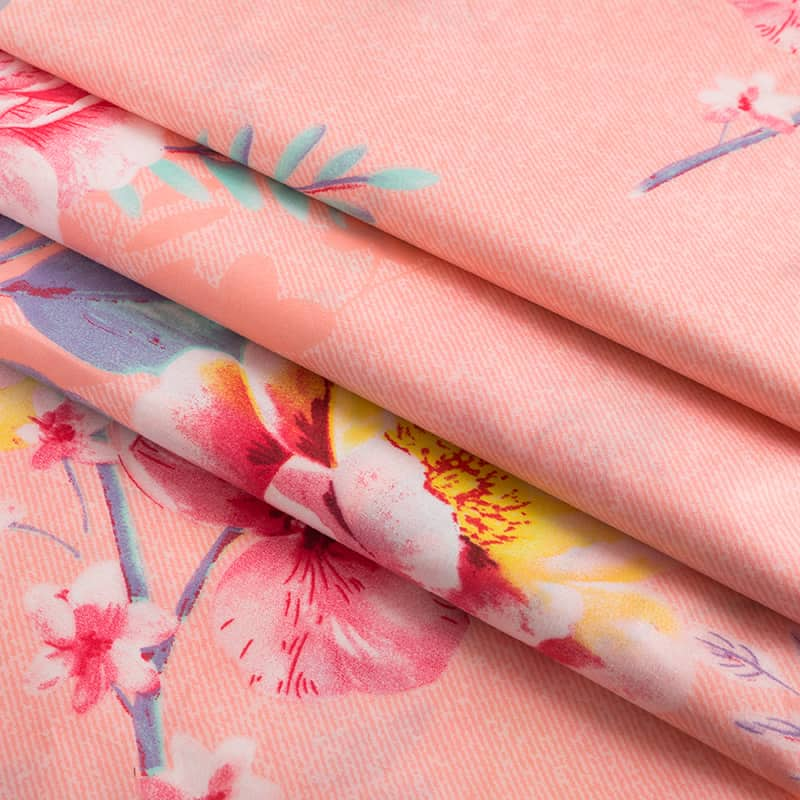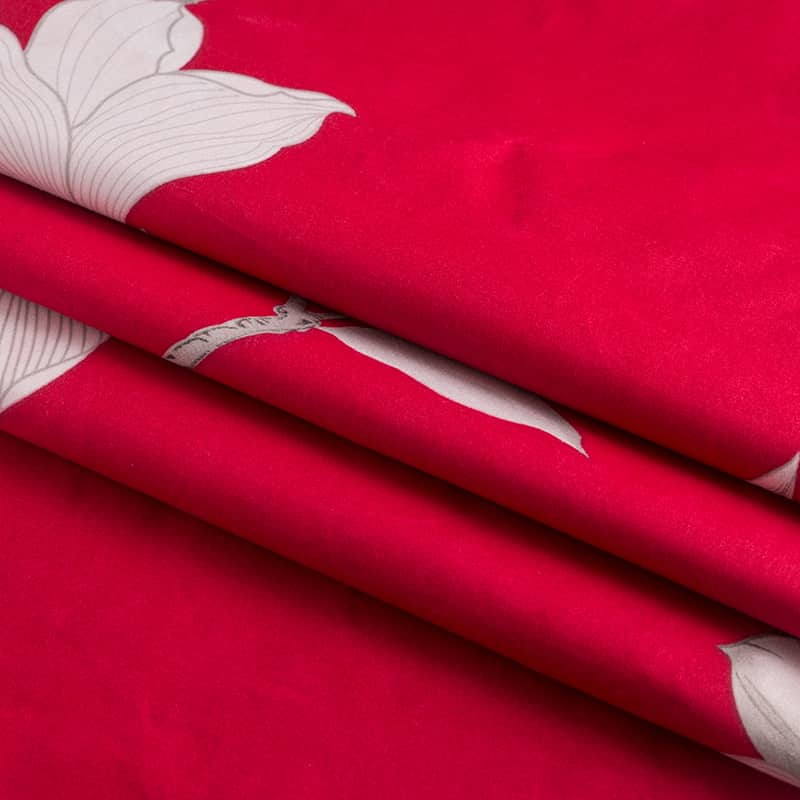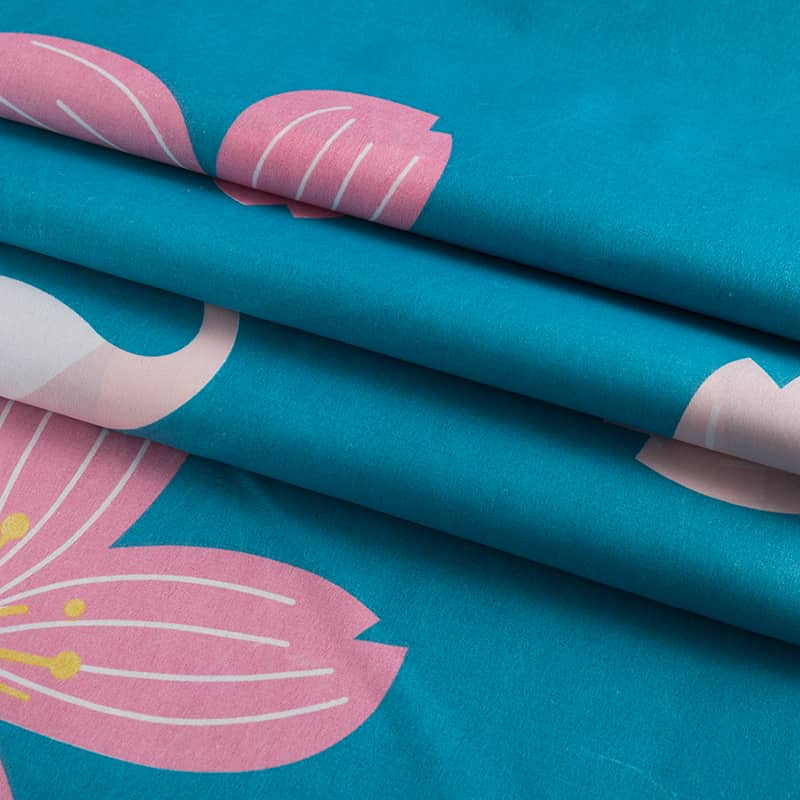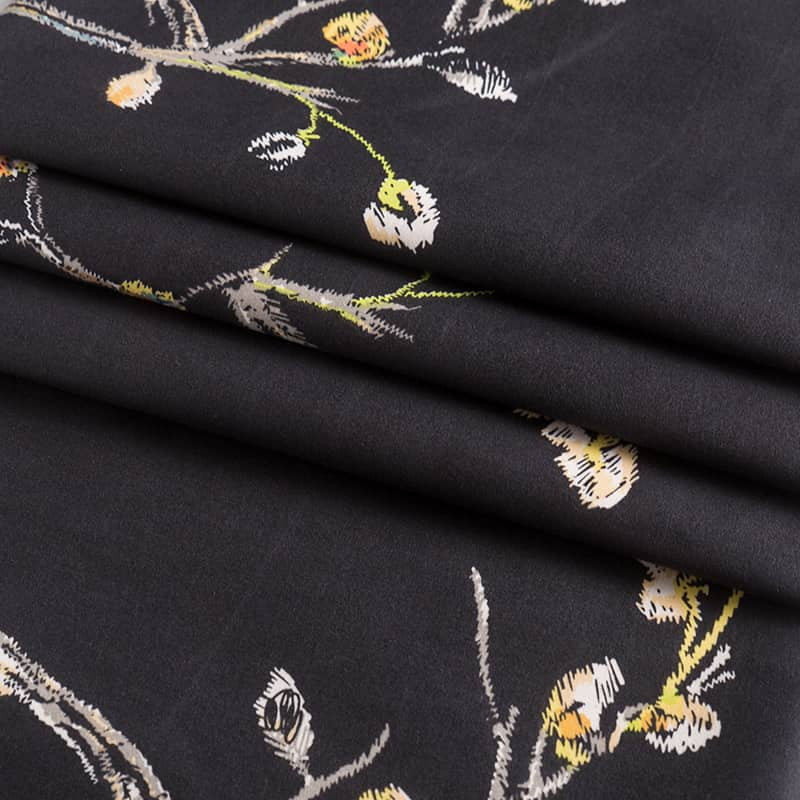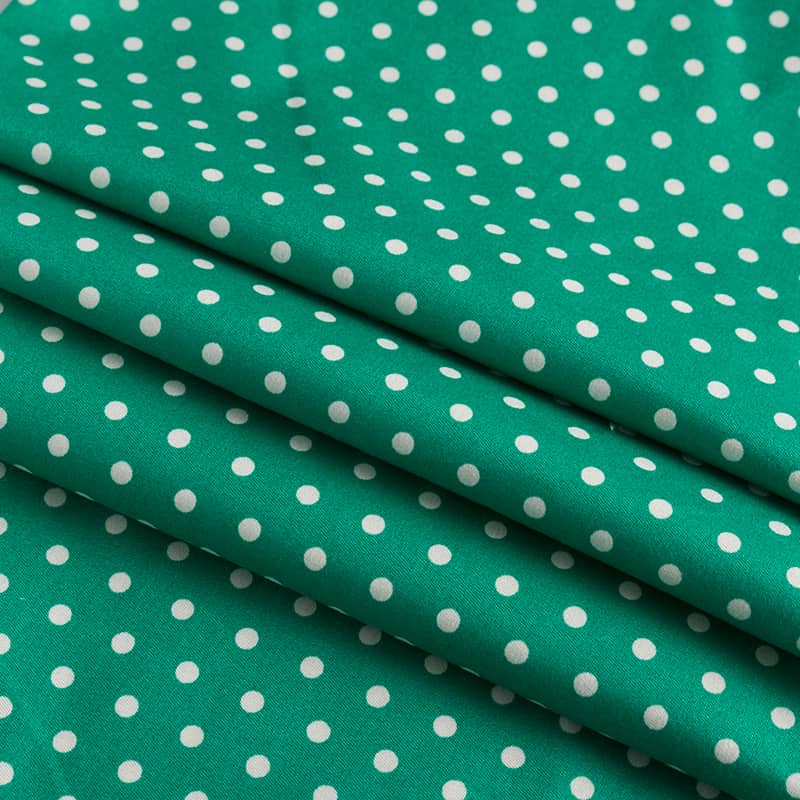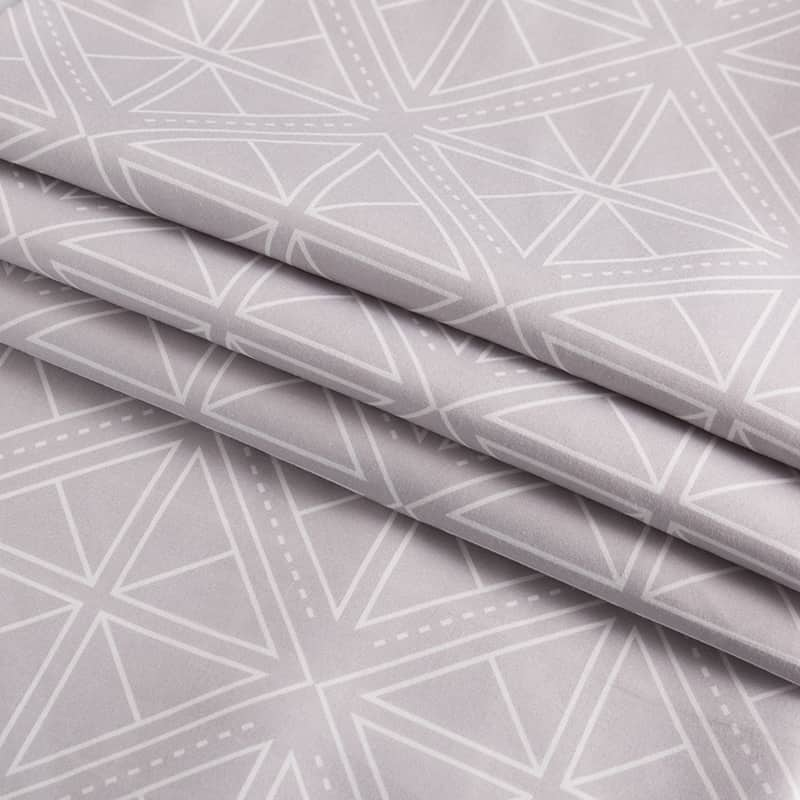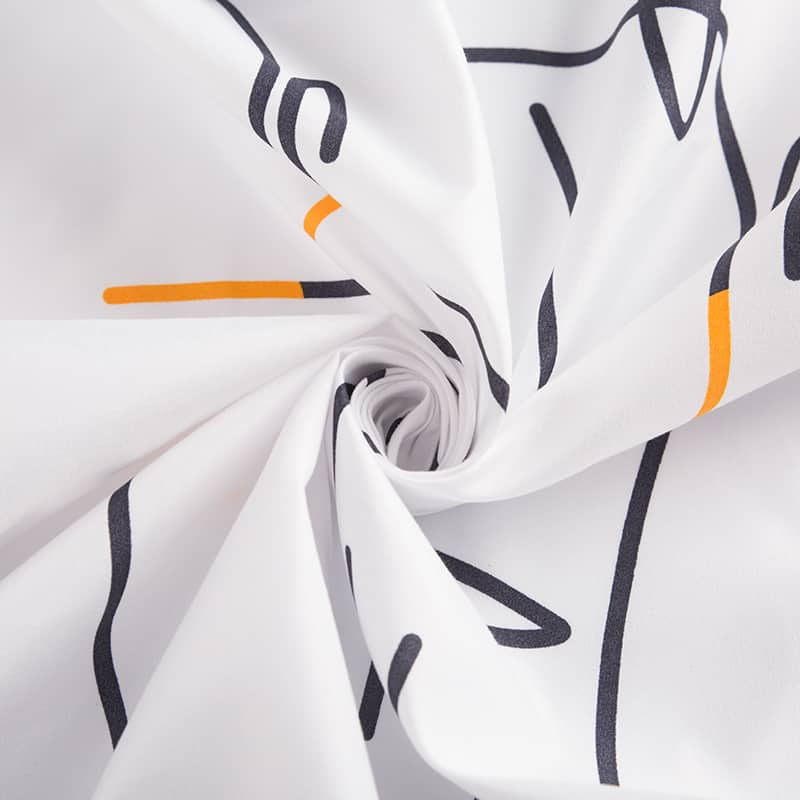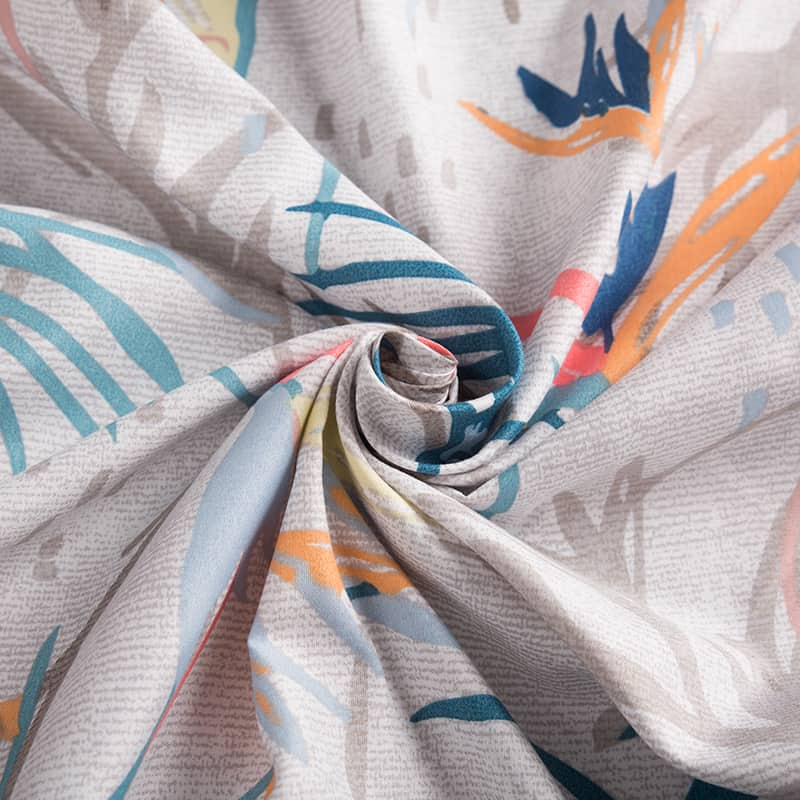Clothing polyester fabric is one of the most versatile fabrics available. It can be used to make just about anything that is made from cotton fibers, including socks, underwear, casual and business shirts, suits, dresses, and coats. It is incredibly durable and can easily withstand high temperatures, unlike natural fabrics that are more likely to burn or melt. This makes polyester a very useful fabric for clothing, especially since it will keep its shape and appearance even after many washings and wrinkles. It can also be mixed with cotton, wool, and other natural fibers to create blended fabrics that have properties from each type of fiber.
While polyester has its advantages, it is important to consider its environmental impact as well. The production of polyester uses petroleum and coal, both of which are fossil fuels that are becoming increasingly scarce in our world. The carbon dioxide released by burning fossil fuels is a major contributor to global warming and climate change, and polyester is no exception. It is also not typically biodegradable, unlike many natural fibers that will break down over time and avoid clogging landfills.
Polyester is a man-made, synthetic fiber that is used in a wide variety of apparel items. It is a very cheap, easy-to-make material that has several qualities that make it an ideal choice for clothing and other textile products. Its main drawback is that it is not as soft as other natural fabrics, but this can be remedied by using different methods of production. The first step in producing polyester is to mix carboxyl acids and alcohols to form molecules that are later spun into yarn. This yarn can then be woven or knitted into fabric. The textile industry can also add dyes and additives to impart specific qualities to the fibers and fabric.
The oil industry extracts and refines crude oil to generate building blocks that are used by the chemical industry. These are then fed to the textile industry, where they are used to produce polyester fibers and fabrics. The fabric industry then cuts and sews the polyester into clothing and other textile products that are sold to consumers.
Several types of polyester can be woven or knitted into fabric: polyester filaments, staples, and fiberfill. Polyester filaments are continuous fibers that produce smooth and soft fabrics. Polyester staples resemble the threads that are used to make cotton yarn and can be spun into a yarn-like material, while polyester fiberfill is a fluffy, pillowy substance used to make outerwear, bedding, and stuffed animals.
100% polyester fabric is a durable material that can withstand most extreme temperatures, although it may shrink slightly after repeated washings in hot water. It is a good choice for a lot of clothing because it can resist moisture, which will help wick away sweat and keep the wearer comfortable. It also resists heat, which can be a benefit when making clothing for warm weather or outdoor activities.


 英语
英语 西班牙语
西班牙语
